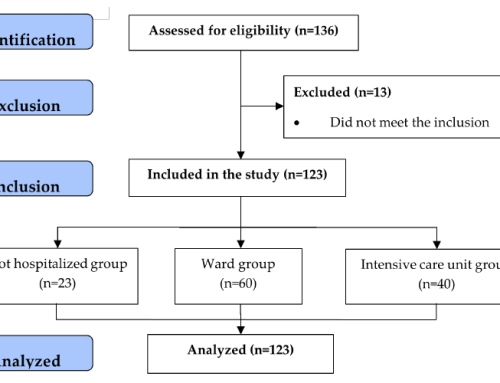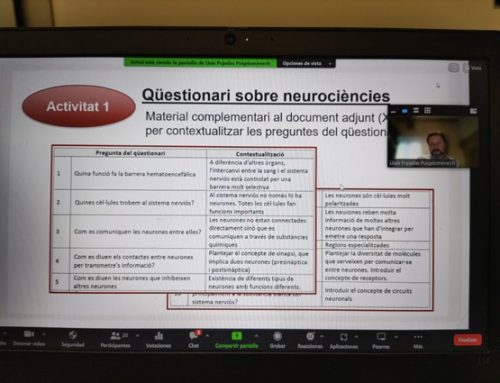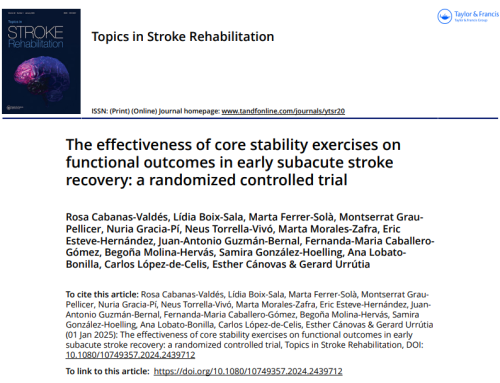ARTICLE. Patrícia Ribeiro, Xavier Jordana, Sarah Scheirs, Marisa Ortega-Sánchez, Alfonso Rodriguez-Baeza, Hannah McGlynn, Ignasi Galtés. Int J Legal Med. 2020 Jun 26. doi: 10.1007/s00414-020-02356-3.
Abstract.
Timing of cranial trauma is challenging in forensic cases and literature on the subject is scarce. This study analysed the macroscopic fracture patterns of perimortem cranial fractures and compared them to experimentally reproduced cranial fractures on dry human craniums. The results showed nine traits associated with fresh cranial fractures: undulated margin, flake defects, peels with peel defects, fissures, crushed margins, bridge, bone scales and beveling. All the traits appear on the outer table or on the inner table of the cranium. Although not all characteristics must be present at the same time in all cranial fractures, they do define a new perimortem fracture pattern. Statistical analyses showed that six of these traits (undulated margins, flake defects, crushed margins, bone scales, fissures and peels) are distinctly related with perimortem (fresh) bone conditions. Considering the most discriminant perimortem traits, a decision-making algorithm is developed as a probabilistic approach to distinguish peri- from postmortem cranial fractures with an accuracy of 87%. This algorithm allows the forensic practitioner to incorporate more confidence during cranial trauma evaluation.












Leave a Reply